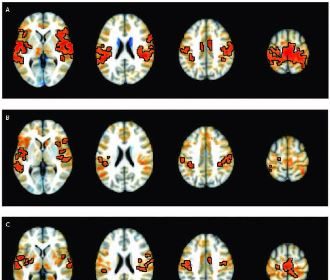First Federal Campaign Launched to Tackle Health Care Workers’ Burnout

WASHINGTON — A new federal campaign aims to provide hospital leaders with the critical, evidence-based resources they need to improve workplace policies and reduce burnout among their staff of health care professionals.
As previously reported in The Well News, physician burnout has reached a crisis stage across the United States, and other health care professionals aren’t far behind.
“Even before the pandemic, health care workers faced challenging working conditions that lead to burnout. This includes long work hours, risk for hazardous exposures, stressful work and high administrative burdens,” said Dr. John Howard, director of the National Institute for Occupational Safety and Health, in a written statement.
“Hospital leaders need support to implement organizational changes. Practical adjustments can reduce burnout and strengthen professional well-being within their hospitals,” Howard said.
In response, the institute, which is an agency of the Centers for Disease Control and Prevention, has launched Impact Wellbeing, a program intended to help hospital leaders take actionable steps to adopt workplace policies and practices that reduce burnout, normalize help-seeking and strengthen professional well-being across their staff.
Among the resources ready for them to use are:
The NIOSH Worker Well-Being Questionnaire, which is designed to help hospital leaders understand how their workforce is doing and identify ways to improve health care worker well-being.
A toolkit from the Dr. Lorna Breen Heroes’ Foundation, which is designed to help remove intrusive mental health questions from hospital credentialing applications and make it safe for staff to seek the mental health care they may need.
NIOSH’s Fundamentals of Total Worker Health, which is intended to help improve the safety, health and well-being of the health care workforce by developing new Total Worker Health initiatives or better aligning existing workplace interventions with the TWH approach.
The Total Worker Health program, which is a tool intended to train front-line supervisors to help their staff balance their work and home responsibilities using supportive supervision.
“Although some causes of burnout may take time to address, there are many feasible ways to champion a healthy workforce and hospital system,” said Dr. Casey Chosewood, MPH, director of the Office for Total Worker Health at NIOSH, in a written statement.
“By identifying and implementing practical operational adjustments, hospital leaders can help health care workers continue doing what they do best — delivering the highest quality patient care,” Chosewood said.
Dan can be reached at [email protected] and @DanMcCue

























